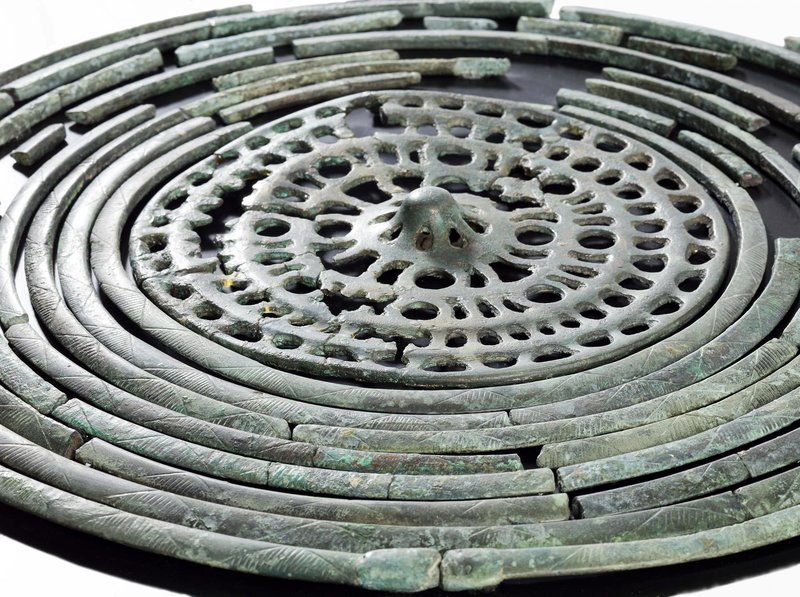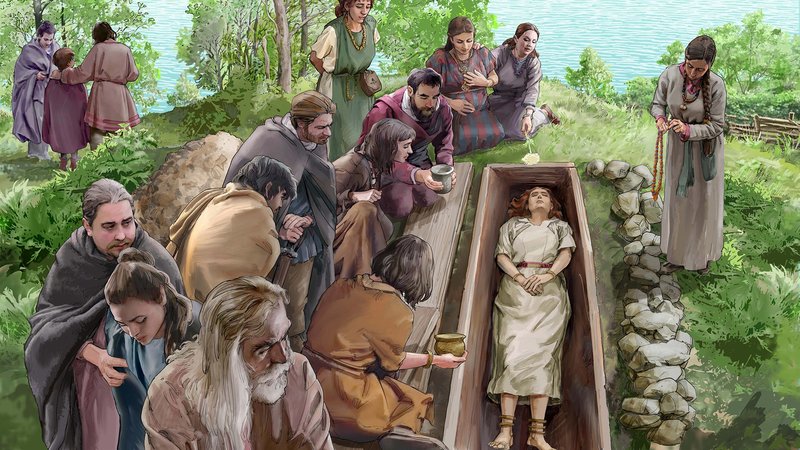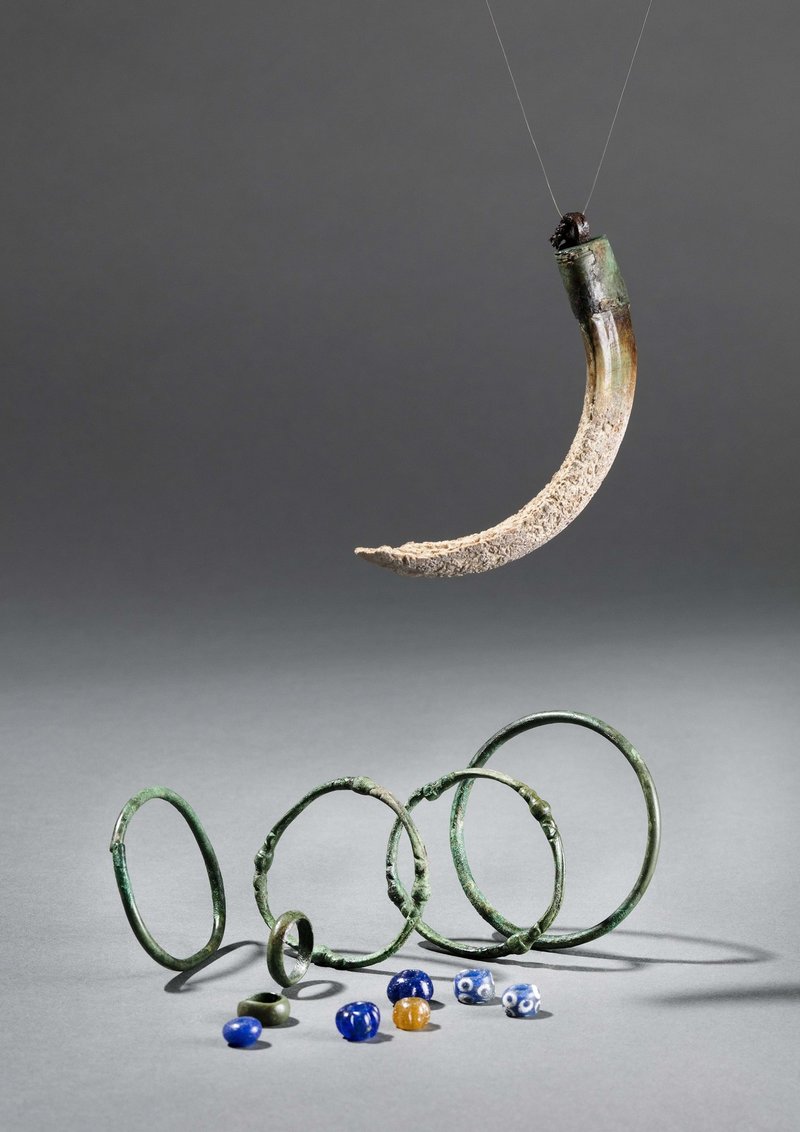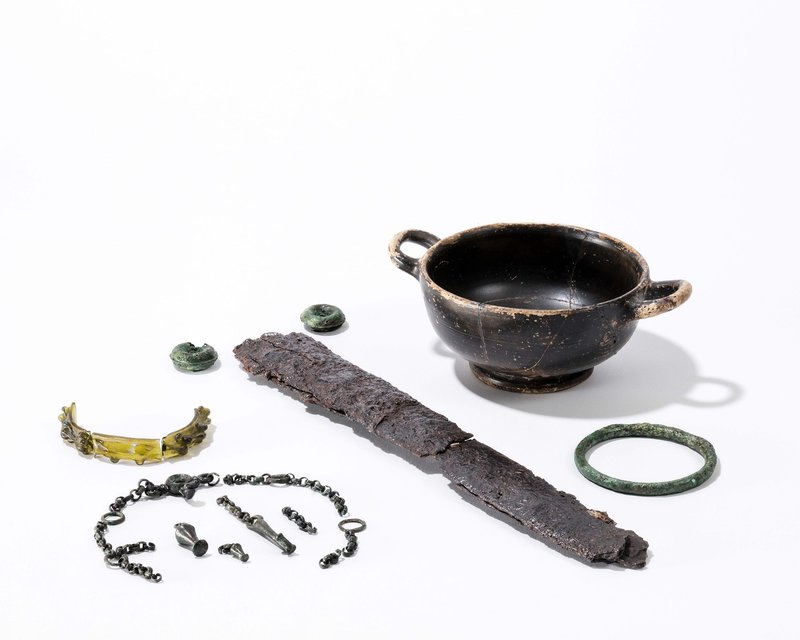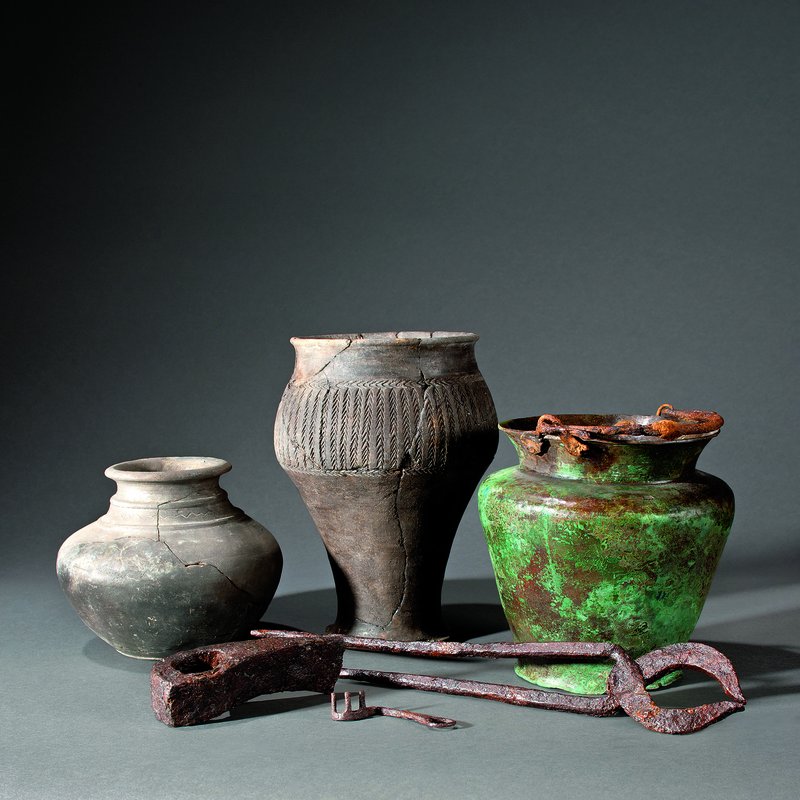Switzerland
Musée cantonal d’archéologie et d’histoire - Lausanne
The main task of the MCAH, based at the Palais de Rumine in Lausanne, is to ensure the long-term conservation, restoration, inventory and study of archaeological collections in the canton of Vaud, prior to their presentation. Several major sites from the European Iron Age are preserved in its reserves, such as the necropolis of Saint-Sulpice or the Mormont cult site.
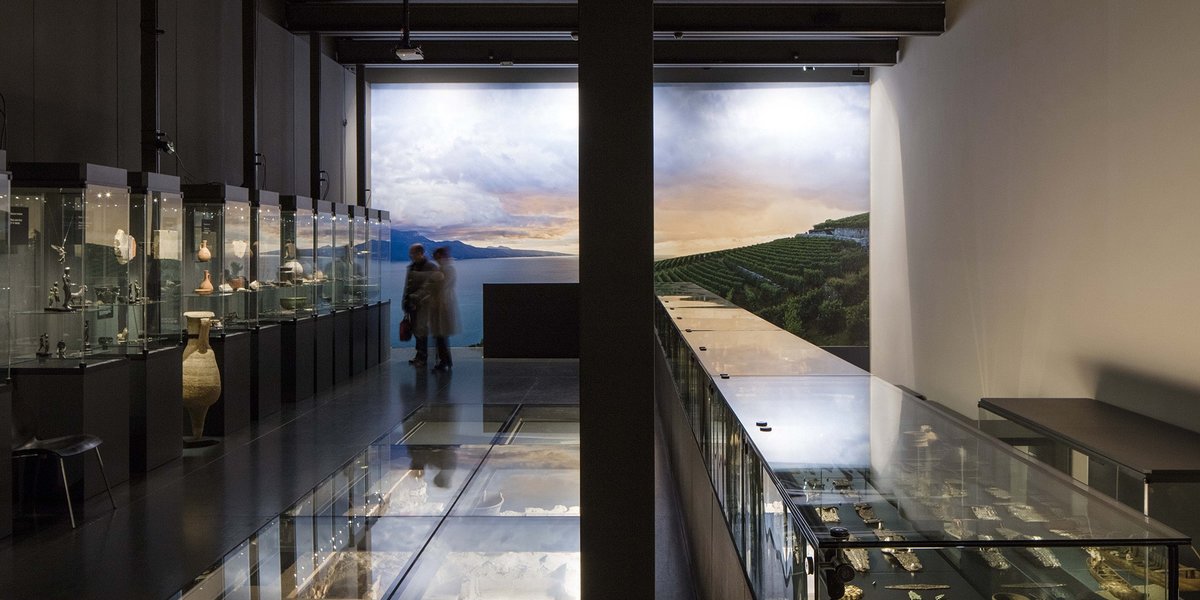
The presentation of Celtic collections at the MCAH
© Yves André, MCAH
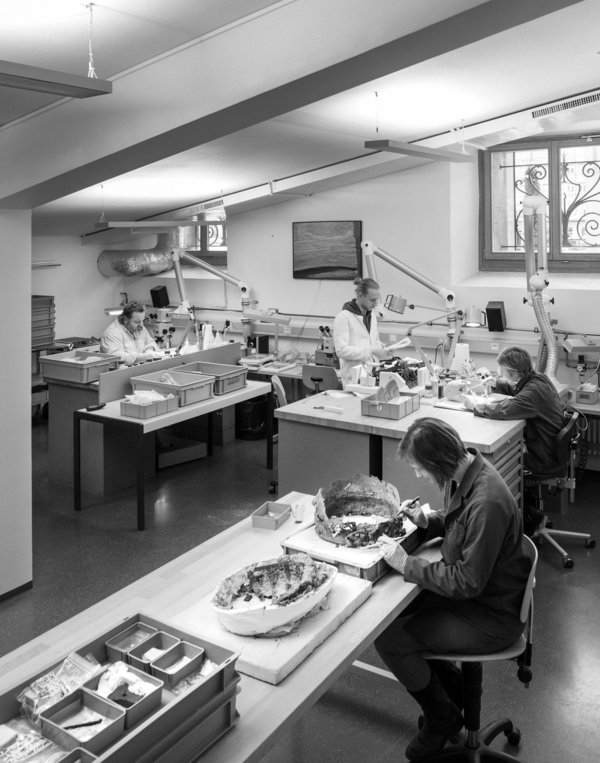
A restoration and research laboratory
The laboratory is responsible for supervising the museum's collections (checking their condition, packaging for exhibitions, preparing objects), but also devotes a significant part of its time on preserving objects discovered during archaeological excavations. The stabilization of archaeological metal material (iron and bronze) is often one of the emergencies to which it is confronted with during excavations. This step ensures the survival of the objects and their preservation in order to examine them and pass them on to future generations. After stabilization, restoration often takes many hours to enable objects to be displayed in an exhibition.
Comprehensive collections
The collections of the Cantonal Museum of Archaeology and History are extremely varied. They include more than 250,000 inventory numbers, representing hundreds of thousands of fragments, many of which are batches from excavations. Only a tiny fraction of them are on display in the permanent exhibition rooms of the Palais de Rumine. The rest of the furniture is stored in the Dépôt et Abri de Biens Culturels (DABC) in Lucens and in the Moudon depot. The Lausanne Cathedral's lapidary warehouse is also managed by the MCAH.
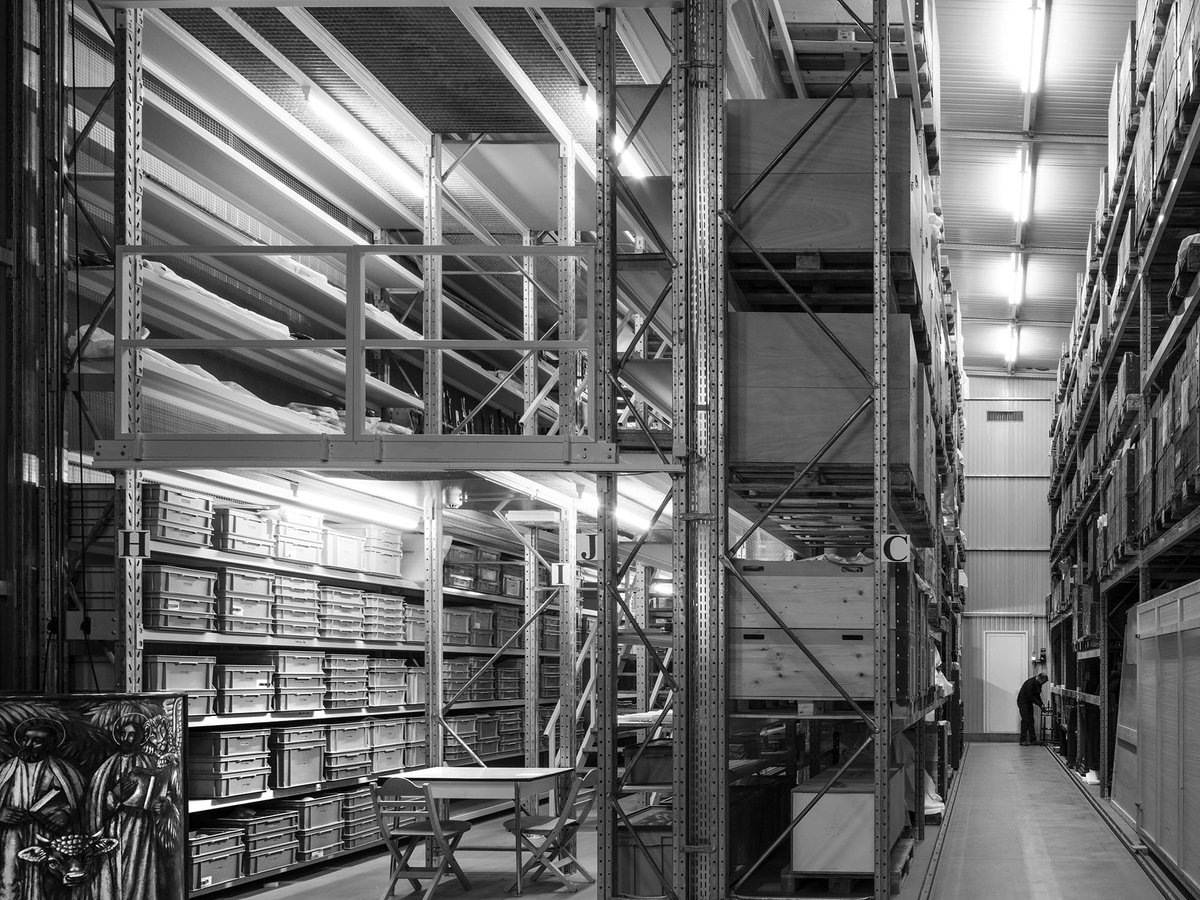
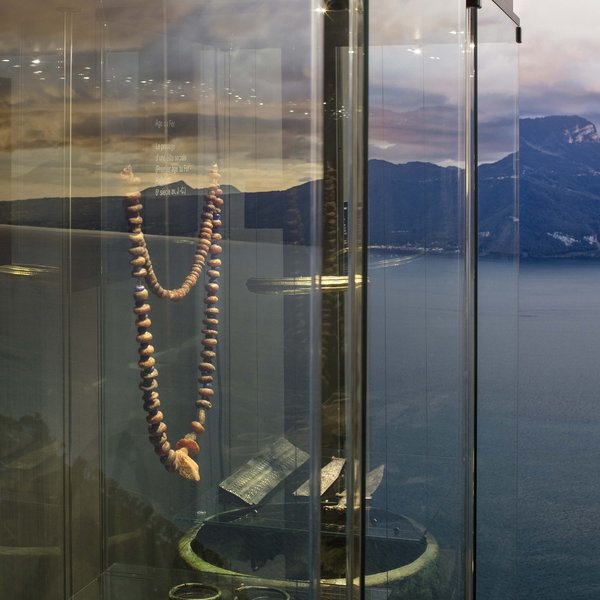
The exhibition rooms
The MCAH offers three exhibition rooms in Rumine's palace: one prehistoric, one historical and one dedicated to the coin and medal collections. These rooms offer a panorama of the human occupation of the territory of the canton of Vaud from the last glaciations around 12,000 BC to the present day. The Iron Age is very well represented here with, for example, the princely chariot tomb of Payerne, dating from the end of the First Iron Age, the ornaments of Saint-Sulpice and a selection of objects from the Mormont. Each of these sites contributed to the advancement of Celtic research between the 19th and 21st centuries.

